Turn Emails into Entries: Supercharge Form Submissions with Zoho Creator + Mail360 Integration
Ever wished your users could submit data just by sending an email? Imagine the convenience of bypassing traditional web forms and letting stakeholders contribute information right from their inbox. With Zoho Creator’s Form Email Data feature and its integration with Zoho Mail360, this scenario is not only possible—it’s built into your toolkit. This setup makes data collection simpler and faster for teams that rely on regular input from vendors, customers, or field agents.
Gone are the days of chasing stakeholders to fill out online forms or manually logging information received through emails. The combination of these two Zoho tools helps you gather information with fewer steps, fewer clicks, and fewer chances for human error.
What is the Form Email Data Feature?
The Form Email Data feature in Zoho Creator gives each form its own unique email address. When someone sends an email to that address, the platform automatically reads the content and stores it as a new record in the form. The process is designed to cut down repetitive work and make form submissions more flexible—especially for those not always at a desk.
Here are a few common use cases:
- Support Requests: Customers can send an issue via email, and it automatically becomes a support ticket—no need to log in or fill out a form manually.
- Field Reports: Agents on the ground can submit real-time updates, even from mobile devices with limited access.
- Job Applications: Resumes sent by email can instantly be stored with all relevant applicant data inside HR forms.
What makes this feature valuable is its minimal learning curve. Most users already know how to send an email, so there’s no need to explain a form layout or portal process.
What’s New with the Mail360 Integration?
The new integration with Zoho Mail360 brings substantial upgrades to how emails are processed and translated into form entries. While the core idea remains the same—turn emails into records—the performance, availability, and reliability have taken a leap forward.
Key upgrades include:
- Global Availability: The feature, which was previously limited to specific data centers, is now available worldwide. No matter where your users are located, they can benefit from this feature.
- Stronger Parsing Engine: Mail360 brings an advanced parser that understands a broader range of formatting, reducing the chance of missed or misfiled data.
- Automatic Mapping: Text and attachments are read and matched to form fields using built-in logic, which means you don’t need to manually assign fields or check each submission.
- Enabled by Default: New users signing up for Zoho Creator will find this feature already activated in their accounts, ready to use without setup delays.
This update aligns with the needs of global teams that handle large volumes of input, allowing them to set up streamlined processes from day one.
How It Works (Step-by-Step)
Setting up the Form Email Data feature with Mail360 is straightforward. Here’s a walkthrough to help you get started:
- Enable the Feature: Log into Zoho Creator. Go to the Operations section, and select Form Email Data. Choose the form you want to connect and configure the Mail360 mailbox.
- Assign an Email Address: Each form receives a custom email ID. You can set submission permissions—either allow any user to send data or restrict it to internal users.
- Communicate the Email Address: Share this address with your users along with any instructions they need. You may also include a submission template.
- Receive Emails as Form Entries: Once an email lands in the inbox, Zoho parses the content and attachments, then creates a new entry in the form without human intervention.
This removes the friction of accessing a browser or logging into an application—especially beneficial for users working remotely or in the field.
Benefits for Businesses
The integration brings tangible value across departments. Here’s how it supports operational efficiency:
- User Convenience: Anyone who can send an email can contribute data. No app installs, no training, no access issues.
- Lower Workload: The system automates what would otherwise be manual—transferring data from inboxes to forms.
- Versatile Use: From sales reports to service feedback, the feature adapts to countless real-world needs across industries.
- Better Turnaround: Time-sensitive data gets captured instantly, helping teams act faster and make informed decisions.
The feature benefits everyone—from admins who save time on manual updates to contributors who can submit their input in seconds.
Tips and Best Practices
To get the most out of this integration, follow a few good practices:
- Use Clear Email Formats: Ask users to follow a structured format. A standard subject line and clear sections (e.g., name, date, status) help with accurate data mapping.
- Templates Help: Share a sample email format or pre-filled draft with contributors to reduce ambiguity.
- Add Validation Logic: Use form-level conditions or filters to reject spam or incorrect entries. You can also set up alerts if required fields are missing.
- Monitor for Anomalies: While the parser handles most cases well, periodic checks can help you spot trends or errors.
Creating an SOP for regular users (especially vendors or agents) helps standardize input and improves data quality over time.
Transition Plan for Existing Users
If you’re already using Zoho Creator, here’s what to expect during the transition to the Mail360-powered setup:
- Phased Rollout: The update is rolling out gradually, so not all users will see the change at once.
- Automatic Migration: You don’t need to do anything to enable the update. The system takes care of configuration behind the scenes.
- Ongoing Support: Zoho’s support documentation covers configuration examples, troubleshooting steps, and deeper use cases for advanced users.
For teams already invested in Zoho Creator, this means better functionality without interruption or learning curve adjustments.
Real-World Examples
Here’s how different departments can benefit from the feature in practice:
- Sales Teams: Regional sales reps can send deal updates or meeting notes via email, which get logged directly into CRM-related forms.
- Operations: Vendor invoices, receipts, or dispatch details emailed to the company can be captured as transaction records.
- Customer Support: Customers writing in about issues don’t need to navigate helpdesk portals—their messages become support tickets instantly.
- Recruitment: Job seekers applying via email are added to candidate pipelines automatically, saving time on data entry.
This flexibility helps teams avoid bottlenecks, speed up responses, and build processes around familiar communication methods.
A Smarter Way to Collect Data
The Zoho Creator + Mail360 combo is built for modern workflows. It adapts to how people already communicate and turns every inbox into a source of structured data. The ability to assign form-specific email addresses, automate parsing, and distribute forms without portals makes this tool suitable for fast-moving teams who don’t have time for red tape.
More importantly, the setup requires very little maintenance once configured. It works quietly in the background, catching every email and turning it into usable records. From data accuracy to submission speed, the improvements are easy to measure.
Final Thoughts
Bringing email submissions into your forms changes the way you gather and manage information. It removes entry barriers, reduces time spent on repetitive tasks, and opens up more ways to interact with users, clients, and internal teams.
You don’t need complex tools or integrations to make this work. All it takes is Zoho Creator, a form, and the power of Mail360 and If you haven’t signed up yet, create your free account and start building smarter, faster.














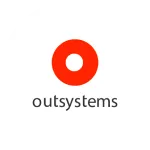

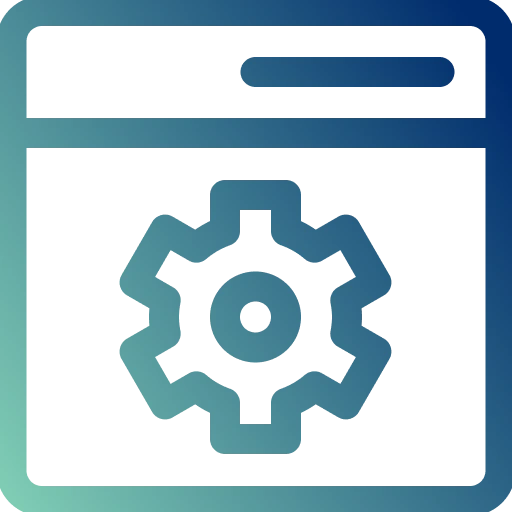











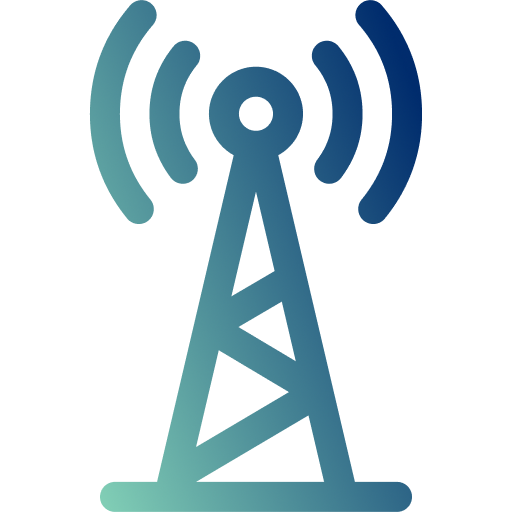









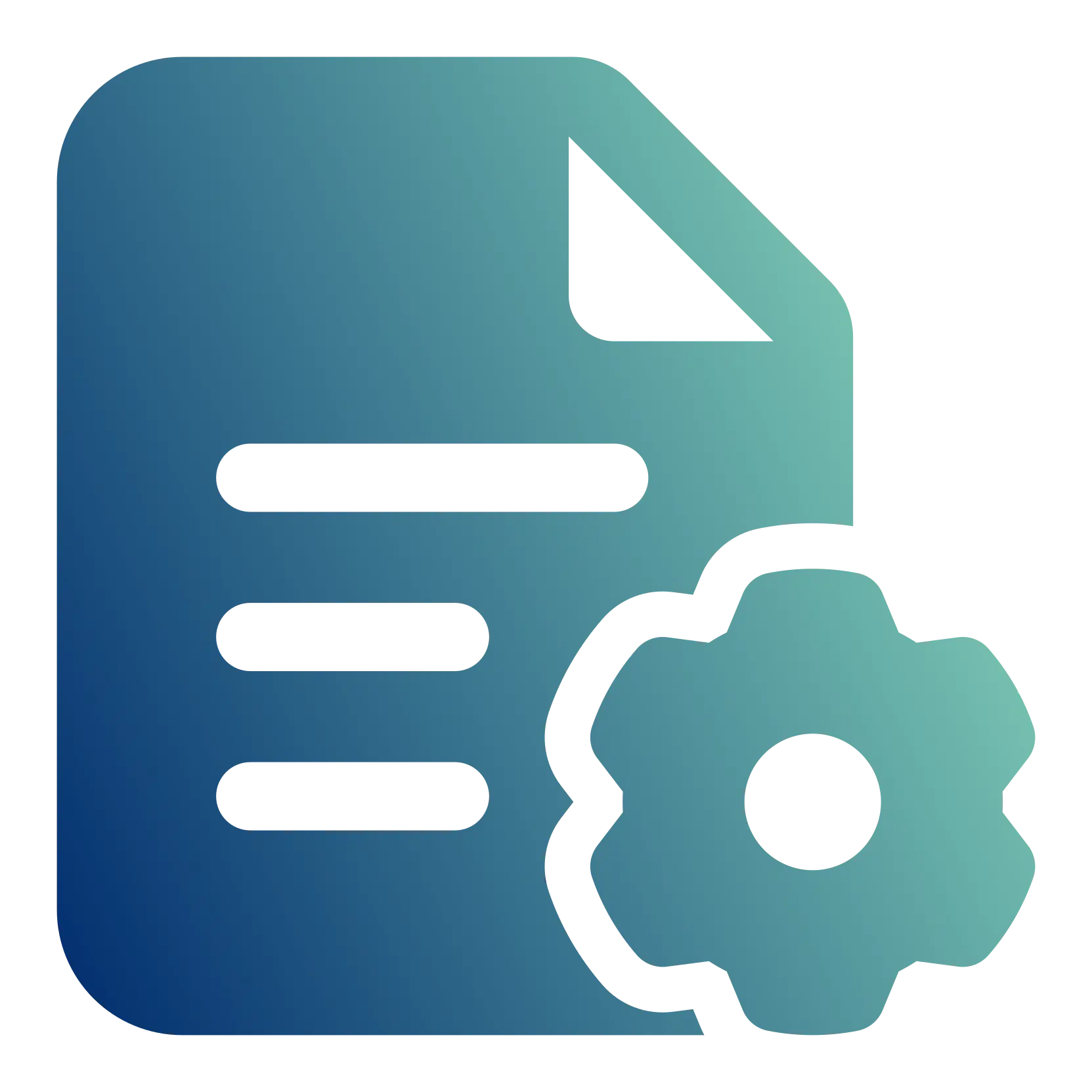


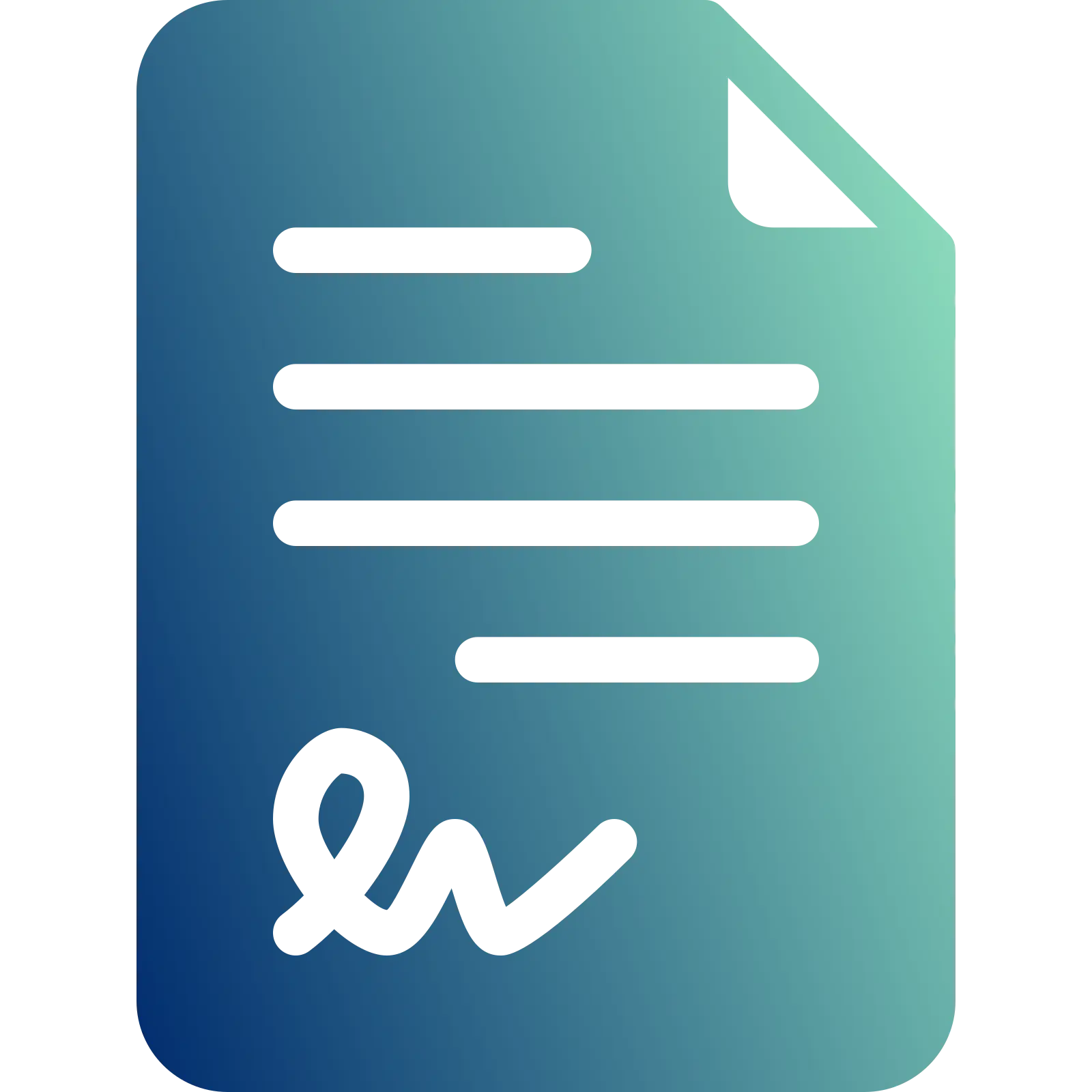






 Xponential Digital
Xponential Digital